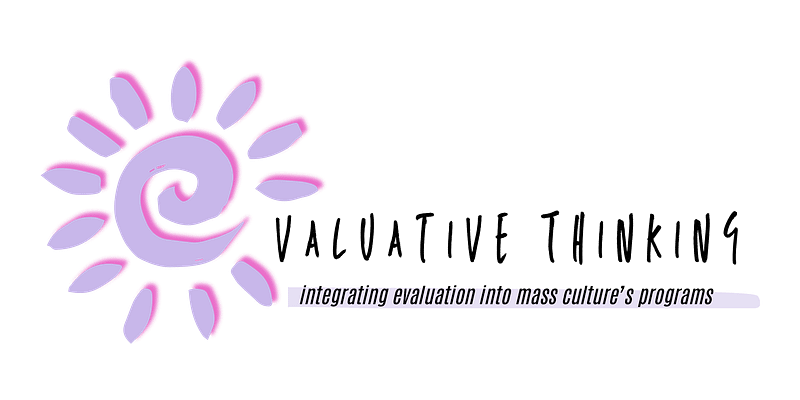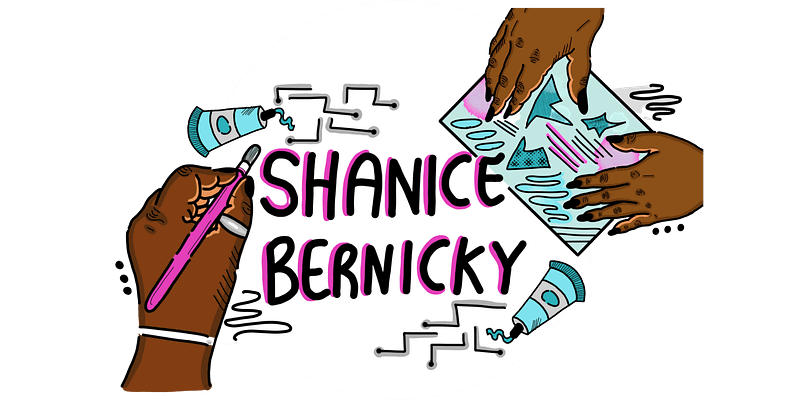
1. Why did you say yes to this experiment / use case study?
As one of the first Public Art Program’s in the Country, the City of Ottawa Public Art Program (PAP) began in 1985 as a community-led initiative to foster and advocate for the visual arts within Ottawa. In 2015, the PAP renewed its Public Art Policy which is the current iteration of the policy today. Over the past 15+ years, the Program has worked diligently to build relationships and partnerships with equity-denied communities including focused partnerships with the Anishinabe Algonquin Host Nation. This work has built continued successful projects and partnerships that have lead to tangible results and impacts on the communities and within the Program. At this time, the Public Art Policy is due for renewal and in an effort to initiate this process, the PAP has initiated an equity, diversity and inclusion audit of the processes and mandates of the Program. The Use Case Study project and Spiraling Outwardly for Equity in Public Arts framework designed by Shanice Bernicky was an obvious connection to accomplishing this work.

2. What initially resonated with you about the framework?
The Spiraling Outwardly for Equity in Public Arts framework designed by Shanice Bernicky helped to give some structure to the initially daunting task of an EDI Program audit. This framework has been instrumental in allowing PAP to message the work to management within the corporation when seeking internal support. The pillars outlined in the framework also described some of the work that our Program was already doing and wanted to expand upon. The framework, along with Shanice’s guidance, has been a way to focus and communicate the work that is being done in our Program.
3. What changes occurred by applying it, if any?
Application of the framework has allowed us to reasonably pace out the work and organize it in a way that is feasible for our Program. This has allowed for a manageable workload to occur within our organization structure that did not offer the much needed support for this work to occur. It has allowed us to acknowledge and organize the work that was already being done and understand how it fits within the larger context of the framework (for example: that targeted opportunities to equity-denied communities is more intentional with Pulse Check data to back it up). The framework along with Shanice’s guidance has also flagged the importance of surveying and assessing the health of our Program’s EDI approaches.
4. What did you learn (if something was learned) by applying it?
The most pertinent lesson learned from this work thus far has been that much can be accomplished without ideal circumstances. As we have been doing this work with very little support and resources, we have accomplished a Pulse Check and continue on the work into Transparent Socialization. This has primed the path for our eventual Policy Renewal which would fit into the E/Affective Equity pillar as well. We have gained enough data and information at this time to be able to implement more targeted opportunities to equity-denied communities and justify this work in the future.
5. What might prevent an arts organization from applying it / what are the barriers to implementing the impact framework (aside from capacity)?
Capacity is a huge barrier, however, internal structures, and lack of corporate-wide support and understanding are also significant barriers to this work. Fortunately, there is a commitment to this work at a Program level and that is what has been enabling it to continue. I also believe that there exists a fear of beginning this work if it is completely new to a team or organization. The framework can reduce the fear of the unknown as it offers importance and urgency to this work.
6. Why is it important (if you think it is) to encourage reflection/ assessment/ evaluation in the work of an arts organization?
This is the crux of all we do. This work, and the majority of the work we do, is to be responsive and supportive of the cultural community. To paraphrase Sharon Nyangweso, Founder and CEO of QuakeLab in Ottawa, “as cultural administrators we are not necessary (because art and culture will exist without us), however, we hold so much power. Therefore, it is so important to continually evaluate and assess how well we respond to the communities that we serve. If we fail to do this, we have no business existing.”
7. Recommendation on what kinds of situations and/or organizations you think this framework would be useful for?
This framework could be used for all municipal, provincial, and federal cultural offices. It will enforce the importance of connecting with the community and understanding what the community needs.
8. Any implementation guidance you can offer?
I would suggest that a starting point in the framework is necessary. For us, we realized we were already working within a few different pillars simultaneously, however it was helpful to ground all the work we were planning to do by initiating a Pulse Check in whatever format that takes.

